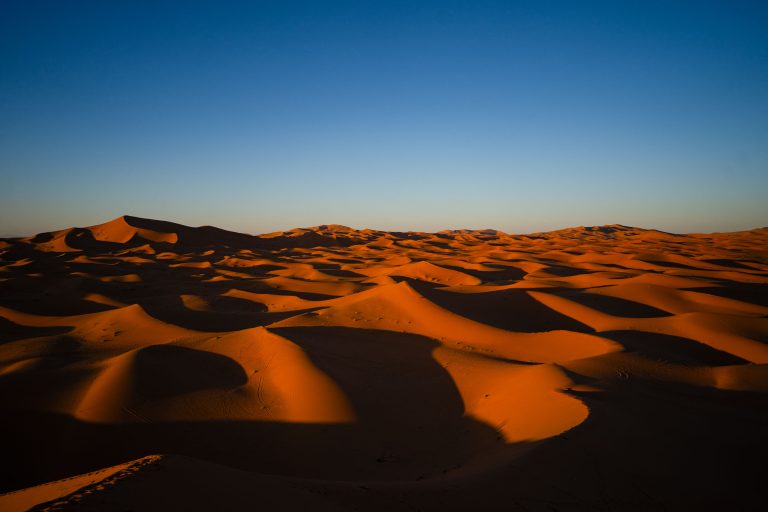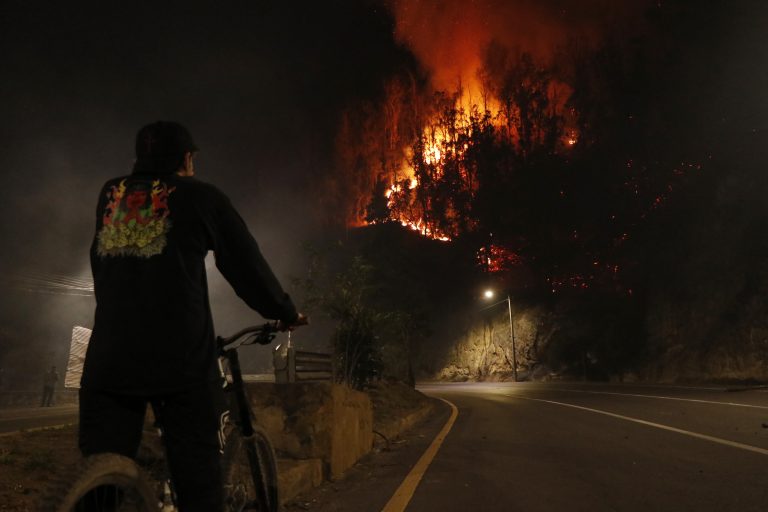For the first time in 50 years, the Sahara Desert experienced a substantial amount of rainfall throughout September, with blue lagoons flooding parts of the desert’s most arid regions.
The Moroccan government reported that two days of rainfall in September surpassed the yearly average in several regions that typically receive less than 250 millimeters of rain annually. One of the hardest-hit areas was Tata. In Tagounite, a village located approximately 450 kilometers south of Rabat, over 100 millimeters of rain fell within a single day.
The rains were so heavy that entire bodies of water formed. In desert communities, popular with tourists visiting the Sahara, four-wheel-drive vehicles navigated through the puddles, while locals watched in amazement.
“It’s been 30 to 50 years since we’ve had this much rain in such a short space of time,” Houssine Youabeb, of Morocco’s General Directorate of Meteorology, said.
Meteorologists term this phenomenon an extratropical storm, which could alter the Sahara’s weather in the “months and years to come.” As the air regains moisture, evaporation could increase, with more storms possible, Youabeb added.
Success
You are now signed up for our newsletter
Success
Check your email to complete sign up
Prior to the rainfall, Morocco had faced severe drought for six years in a row, drying up farms, and forcing cities and villages to ration water supplies. With this amount of rain, groundwater aquifers beneath the desert, along with dammed reservoirs, could be filled to provide water to counter the drought.
However, the sudden storms have claimed the lives of more than 20 in Morocco and Algeria, and damaged a number of farms. The government had to rush emergency relief funds to different areas, including areas hit by the earthquake last year.
READ MORE:
- ‘We now know clearly that the CCP does not equal China’: Statements From the Tuidang Movement (September 2024)
- Across Time: The Evolution of How Ancient Civilizations Were Viewed Through the Ages
- Florida Braces for Catastrophe as Hurricane Milton Bears Down, Triggering Mass Evacuations
Sahara storm
The Sahara, the world’s largest hot desert, spans over 9.4 million square kilometers across twelve countries in North, Central, and West Africa. Many of these countries have been grappling with recurring droughts, exacerbated by the increasing frequency of extreme weather events caused by global warming. Scientists predict that similar storms could occur in the Sahara in the future.
“As a result of rising temperatures, the hydrological cycle has accelerated. It has also become more erratic and unpredictable, and we are facing growing problems of either too much or too little water,” Celeste Saulo, secretary general of the World Meteorological Organization, told reporters on Oct. 7.
Though precipitation in the Sahara is not entirely uncommon, the vast open region still has areas where rain does occur, though in small amounts, Moshe Armon, atmospheric scientist at the Federal Technical University Zurich, told Live Science. However, the sudden rainfall is overwhelming bigger areas, even the drier ones.
It is believed that the unusually weak Atlantic hurricane season this year may be linked to a shift in the Sahara’s climate. Despite early predictions of a severe hurricane season due to high ocean temperatures, the Atlantic has remained relatively calm, with no named storms forming over the Labor Day weekend for the first time in 27 years.
Meteorologists note that a significant portion of Atlantic hurricanes originate in the region south of the Sahara.







